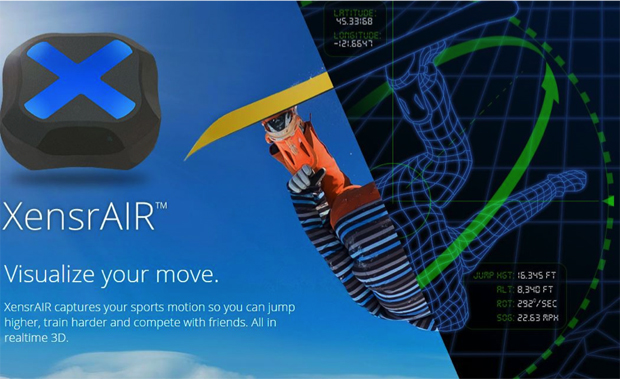The 2015 Wearables TechCon in Santa Clara featured much more than just well known fitness sensors. It also had headsets, tracking sensors and artificial intelligence technology apps for virtual reality, augmented reality and mixed reality.
VR once consisted only of 3D digital replicas of real landscapes or environments created with animation toolsets. It now also includes environments rapidly created with vidcams and trackers.
For instance, a multi-vidcam setup can traverse an area mounted on top of someone’s head or on the bottom of a drone. Six or more vidcams, such as GoPros, record a panoramic view; 12 can record 3D footage for 180 degrees both horizontally and vertically, i.e., capture a full spherical point of view. Three-dimensional tracking sensors such as the half-ounce Xensrs can record precise locations as the vidcams move through the scenery. With AI tools such as those from Epic, a 3D virtual world can be created, ready for animated characters and game items. A full-view headset such as the Oculus Rift allows a user to view this world in any direction.
Several vendors presented AR headsets at the show. These overlay data or animations over the real world, for entertainment or industrial uses. Sony showed a worker going through a warehouse, with a digital overlay showing him what items he was looking at, and where to go next. Epson’s headset allows a worker to look at displays on his hand and see slider bars to control music volume, or checklists of tasks to complete. Microsoft’s HoloLens appears to be a work in progress, but the company is investing heavily in it. Handheld displays can also show AR — iPads can be held up to render animated real-world overlays such as the popular Zombies! apps, or can show pictures of tools and instructions to a BMW mechanic.
MR is the newest type of reality. The United States military created the first mixed reality world for the Battle of 73 Easting, the coordinates of an actual massive tank battle in the Gulf War. Real-world positions and actions of the U.S. and Iraqi armored vehicles involved were reconstructed in minute detail in a virtual-world replica. This enabled soldiers to re-live the battle from any POV, including the inside of any friendly or enemy tank. Being in a virtual T72 as it gets hit and burns has a chilling effect, since it’s based on a real event. Soldiers go through the simulated historical battle, and can then “back up” to a decision node and try alternative actions, a feature called “Back to the Future.”
What cost a lot of time and money for 73 Easting could now be done quickly, even in real time, with GoPro/Xensr setups. One company is considering putting Xensrs on racehorses as they go around a track. Racetracks are boring for millennials. Instead of all the horses looking the same, they could become 3D animated role-playing characters, not unlike the Wide World of Wrestling, and viewers could be in the middle of the action. Animated reality will never be the same.





 Win a Funko X Lilo & Stitch Prize Pack!
Win a Funko X Lilo & Stitch Prize Pack! 
